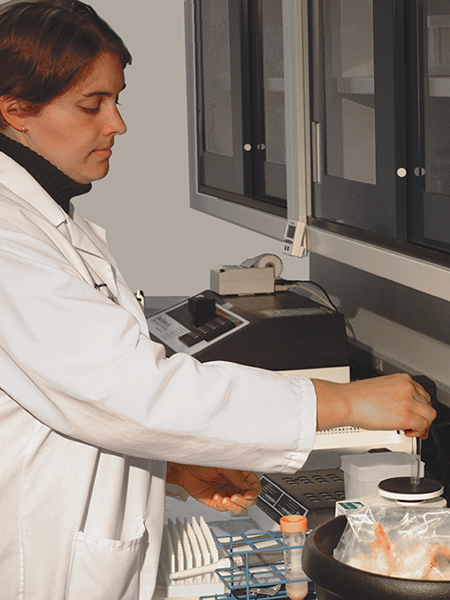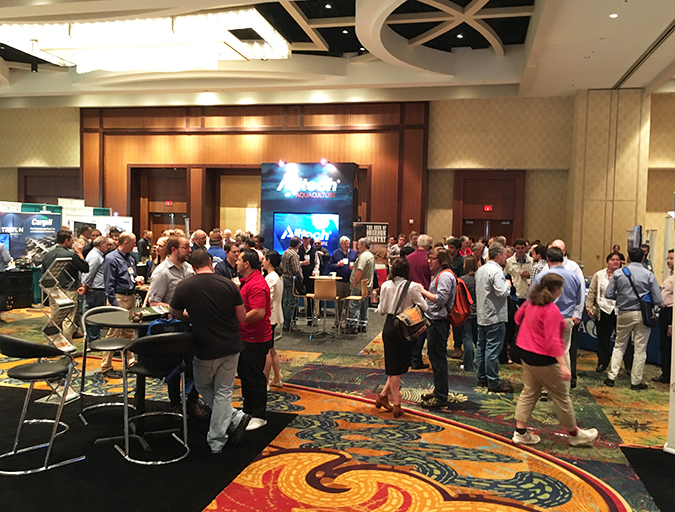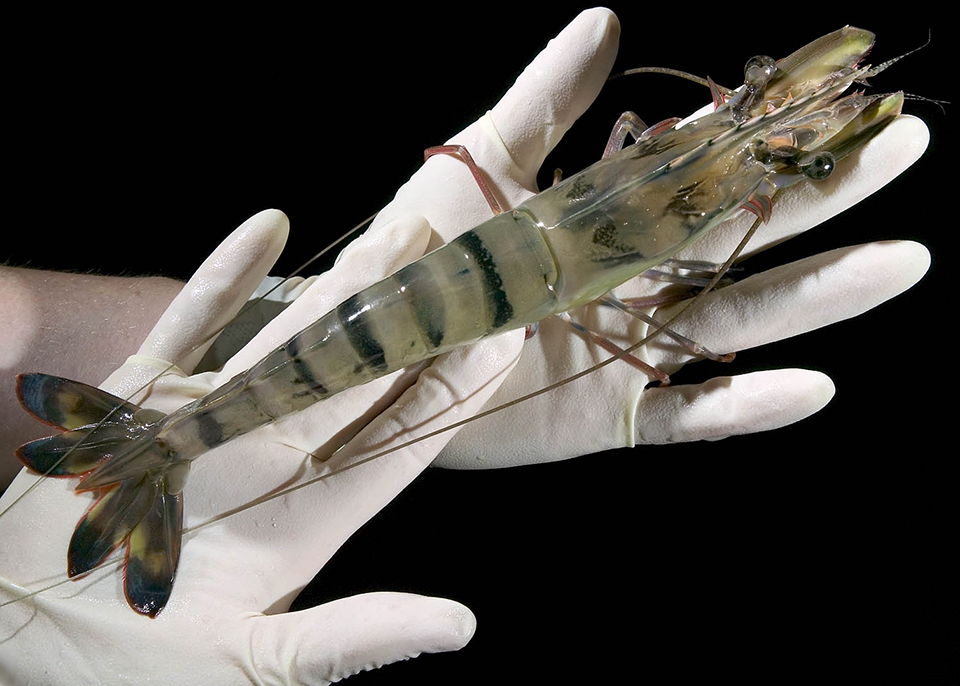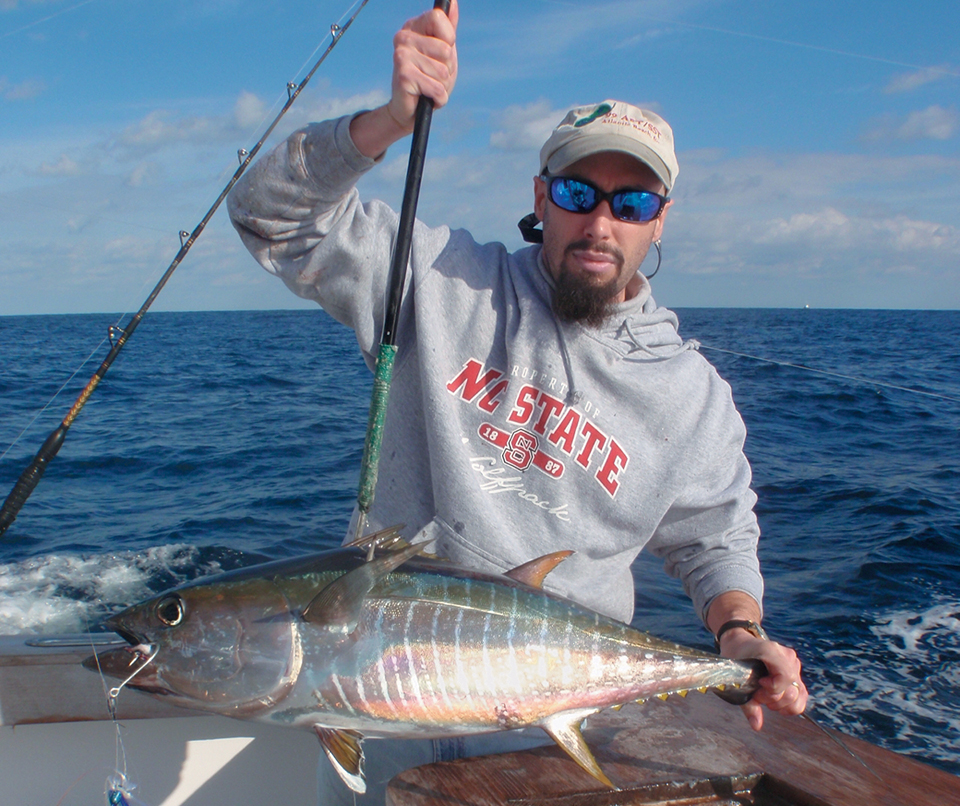Import markets seek a high degree of safety and confidence when accepting products

Antibiotics are vital for the treatment and elimination of diseases in both human and veterinary medicine. In the aquaculture industry, intensive production practices can contribute to the emergence and spread of bacterial diseases, and consequent need for medication, including antibiotics. Antibiotic use increases the risk of contamination, as more fish or crustaceans are exposed to subtherapeutic levels of antibiotics in feeds to prevent or reduce the incidence of infectious diseases.
Antibiotic residues
Dosage rates, frequency, and withholding/washout times prior to harvest are critical determinants in assuring that antibiotic residues are not present in final aquaculture products. These residues can impact public health by being allergenic or carcinogenic, or contributing to the emergence of bacterial resistance. The latter is an increasing public health concern when resistance genes become linked to known pathogens.
Multiresidue detection
There are few approved antibiotics allowed in aquaculture, a situation that leads to extra-label use of unregulated drugs, or in some cases, banned antibio-tics such as chloramphenicol and nitrofurans. Charm II, a multi-residue detection system that monitors seven families of antibiotics, utilizes tetracycline and sulfonamide kits to detect all the antibiotics approved for use in United States aquaculture. These include sulfamerazine, oxytetracycline, and sulfadimethoxine, which is used in combination with ormethoprim. Kits for chloramphenicol, amphenicols, betalactams, macrolides, lincosamides, and aminoglycosides are also available.
Chloramphenicol
The current antibiotic “drug du jour,” chloramphenicol, is a member of the amphenicol family. Other amphenicols, like florfenicol, have limited aquaculture usage in some countries, while frulufenicol and thiamphenicol are regulated more stringently. Chloramphenicol is a highly effective antibiotic, but its toxicity is well documented. Use of this drug is illegal in food production because it is linked to aplastic anemia in humans.
Chloramphenicol test
The Charm II chloramphenicol test is a competitive-binding, immunoreceptor assay that uses an exempt quantity of tritiated chloramphenicol. The greater the amount of chloramphenicol present in the sample extracts, the lower the readings, as fewer receptor sites are made available to the labeled drug.
Two rapid-assay formats are available: one with specificity to chloramphenicol, the second with broad-spectrum sensitivity to all amphenicols. Both yield reliable results with no interference from phosphates, sulphites, hydrogen peroxide, or other aquaculture additives. Both formats detect chloramphenicol glucuronide metabolite.
This is a relatively simple test to perform, and multiple samples may be run simultaneously. Assay steps are similar, and in many cases identical, for all of the system’s antibiotic tests. A single extraction prepares the sample for any of its aquaculture test kits. The system’s data-acquisition software simplifies record keeping and data analysis.
Assay times range 12-22 minutes, depending on the chosen sensitivity. In the United States, this test fulfills the essential performance criteria of a screening test by meeting the currently accepted sensitivity requirements of 0.3 ppb with a limit of detection at 0.15 ppb in tissue.
Validating test systems
Testing systems must be carefully validated, as a poorly performing screening test could result in unjustified economic penalties from false positives or false negatives. Both screening and confirmatory tests must be robust and reliable.
U.S. dairy industry
Technical criteria are in place in the U.S. to evaluate antibiotic tests for the dairy industry. Only approved methods are used to screen and reject bulk raw milk for antibiotic residues. While no such program exists for aquaculture, the Charm II chloramphenicol test received approval by the U.S. Food and Drug Administration for the detection of chloramphenicol, florfenicol, beta-lactams, sulfonamides, and tetracyclines in milk. These tests were modified and adapted to many matrices beyond milk, including farmed fish, shrimp, crayfish, water, and feed.
Complements HPLC and GC/MS
This detection system complements the high-performance liquid chromatography (HPLC) and gas chromatography/mass spectrometry (GC/MS) confirmation methods. One such confirmatory method is the Charm Receptorgram, which combines the advantages of HPLC separation with the multiresidue detection and sensitivity of the system.
The Receptorgram procedure starts with aqueous extraction, followed by solid-phase purification and concentration into individual fractions, and analysis of the fractions. The system detects the most commonly administered antibiotics with excellent selectivity and sensitivity, and the Receptorgram is better suited to identify and quantify specific drugs.
Versatile technology
The hallmark of this technology is its versatility, as the multitest menu reaches beyond antibiotic detection. Capabilities extend to pesticide screening, surface sanitation hygiene testing, bioactivity water checks, and mycotoxin screening with the aflatoxin feed test.
The pesticide test screens all organophosphate and N-methylcarbamate insecticides and their active meta-bolites in water with a single 20-minute test. It can also be applied to test feed and tissue. The sanitation test measure total adenosine triphosphate (ATP), an excellent microbial and food residue indicator. Reducing ATP levels on surfaces reduces the risk of cross-contamination from surface spoilage organisms.
Conclusion
Aquaculture food safety standards vary between countries, but the global nature of the marketplace has implications for antibiotic-testing programs. In combination with veterinarians, aquafeed producers, aquafarmers, processors, importers, exporters, supermarkets, and regulators, multiresidue detection systems can play an integral role in assuring that safe and wholesome products reach consumers.
The Charm II detection system has played a key role in reopening markets that were previously denied export due to residue violations. Import markets that use it have a high degree of safety and confidence when accepting product.
(Editor’s Note: This article was originally published in the October 2002 print edition of the Global Aquaculture Advocate.)
Now that you've reached the end of the article ...
… please consider supporting GSA’s mission to advance responsible seafood practices through education, advocacy and third-party assurances. The Advocate aims to document the evolution of responsible seafood practices and share the expansive knowledge of our vast network of contributors.
By becoming a Global Seafood Alliance member, you’re ensuring that all of the pre-competitive work we do through member benefits, resources and events can continue. Individual membership costs just $50 a year.
Not a GSA member? Join us.
Author
-
Gerard Ruth
Charm Sciences Inc.
659 Andover Street
Lawrence, Massachusetts 01843 USA[109,111,99,46,109,114,97,104,99,64,114,100,114,97,114,101,103]
Tagged With
Related Posts

Health & Welfare
A comprehensive look at the Proficiency Test for farmed shrimp
The University of Arizona Aquaculture Pathology Laboratory has carried out the Proficiency Test (PT) since 2005, with 300-plus diagnostic laboratories participating while improving their capabilities in the diagnosis of several shrimp pathogens.

Innovation & Investment
Aquaculture America 2017: Communication key to the future
This year’s Aquaculture America in San Antonio, Texas, provided significant learning and networking opportunities. It successfully brought together 14 U.S. aquaculture organizations and more than 1,600 participants from Europe, Asia, Africa and Australia.

Health & Welfare
Challenges to commercializing shrimp triploidy
Once satisfactory performance is demonstrated in commercial larval rearing and grow-out, automated induction will finalize the triploidy commercialization.

Intelligence
Detection of histamine-producing bacteria in fish
Methods for analyzing histamine in fish, which causes many seafood-related illnesses, include test kits and high-performance chromatographic liquids.


